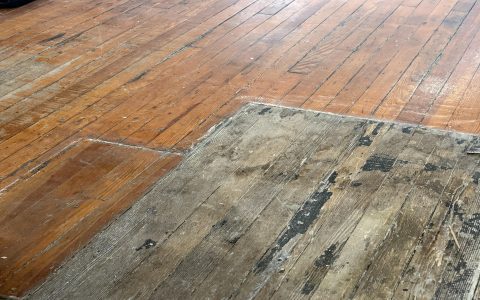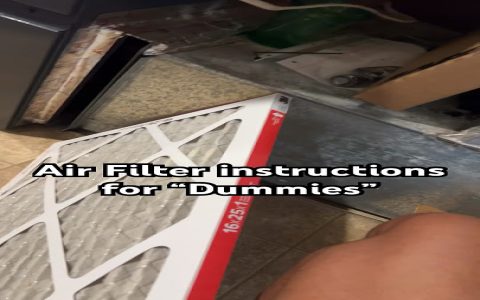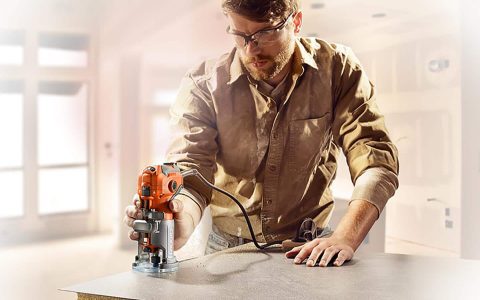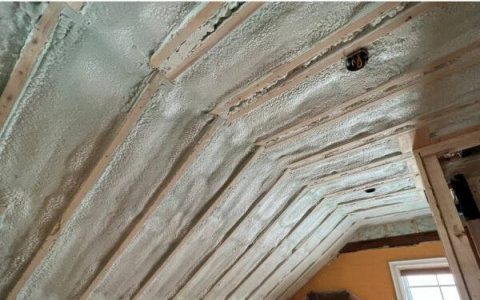Understanding the distinction between hardwood floor resurfacing and refinishing is crucial for selecting the appropriate restoration method for your floors. While both aim to rejuvenate wood floors, they address different levels of wear and involve distinct processes.
Hardwood Floor Resurfacing (Screen & Recoat)
Resurfacing, often referred to as "screening and recoating" or "buffing and recoating," is a less invasive process designed to refresh the existing finish of a hardwood floor.
Process:
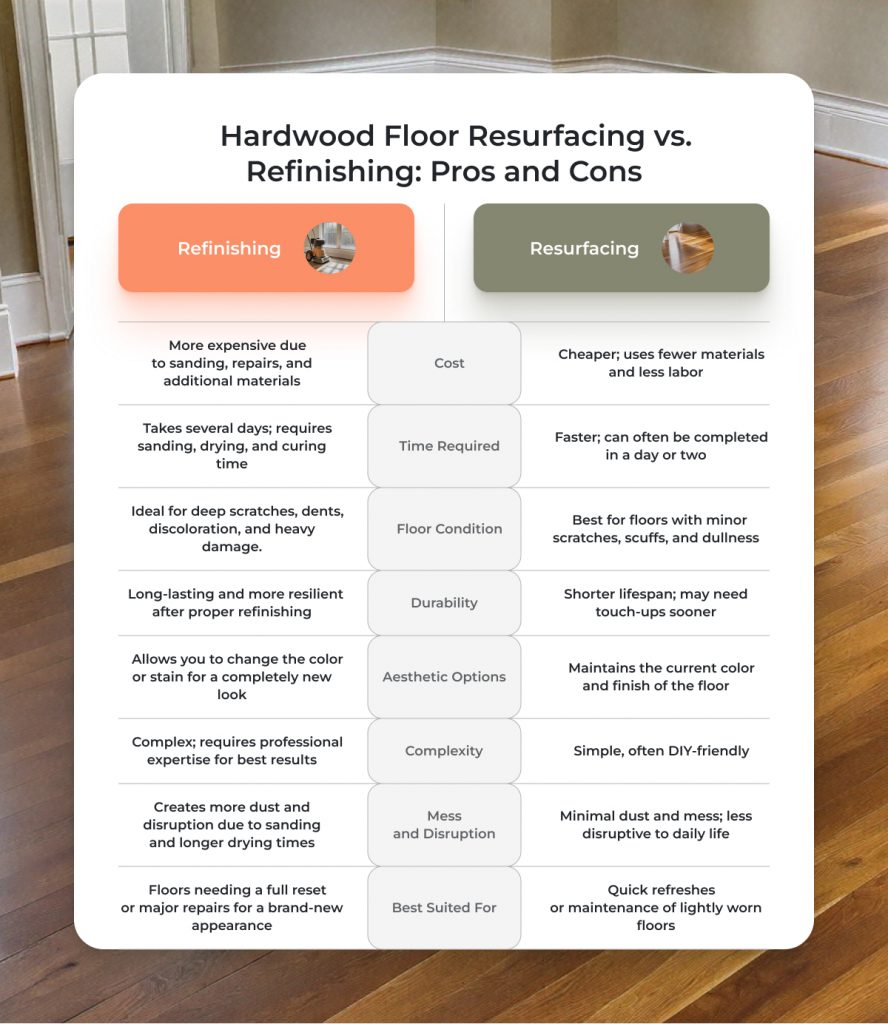
- The existing top layer of polyurethane finish is lightly abraded or "screened" to create a surface the new finish can adhere to.
- The floor is thoroughly cleaned to remove all dust and debris.
- A new coat (or sometimes two) of polyurethane finish is applied.
Best Suited For:
- Floors with minor surface scratches, scuffs, and a dull appearance.
- Floors where the original finish is still largely intact, with no areas worn down to bare wood.
- Situations where you want to restore shine and add a layer of protection without changing the floor's color.
Pros:
- More affordable than refinishing.
- Faster process, often completed in a day.
- Less dust and mess.
- Minimal odor compared to full refinishing.
Cons:
- Does not remove deep scratches, gouges, or significant stains.
- Cannot change the stain color of the wood.
- Not suitable for floors with extensive damage, discoloration, or areas where the finish has completely worn away.
- Will not fix issues like warping or cupping.
Hardwood Floor Refinishing
Refinishing is a more comprehensive restoration process that involves sanding the floor down to the bare wood and applying new stain (optional) and finish.
Process:
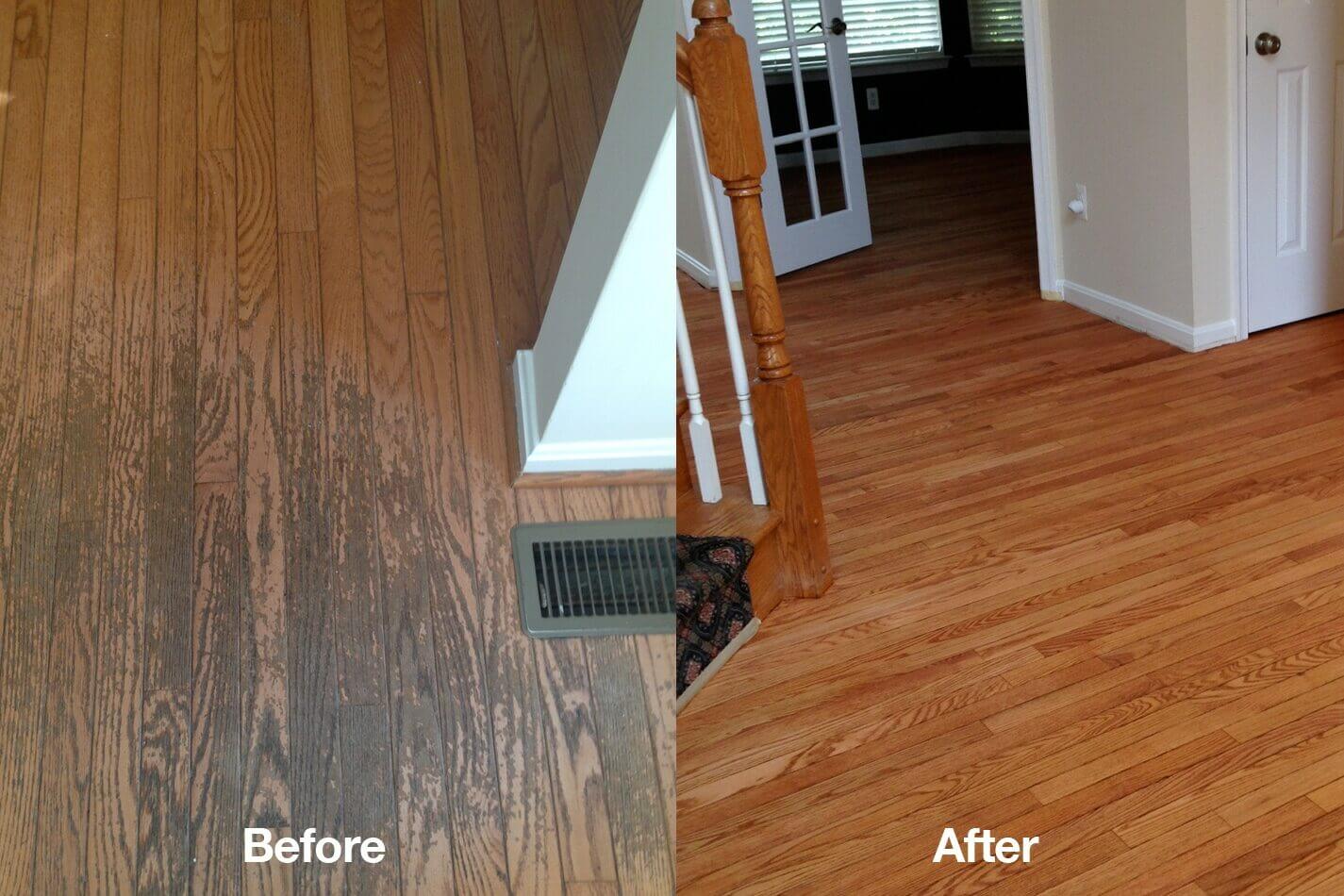
- The floor is sanded multiple times with progressively finer grits of sandpaper to remove the old finish, stain, scratches, and a thin layer of wood.
- The floor is thoroughly vacuumed and cleaned.
- Wood stain can be applied at this stage if a color change is desired.
- Multiple coats of protective polyurethane finish are applied.
Best Suited For:
- Floors with deep scratches, gouges, dents, and significant wear.
- Floors with water damage, stains, or discoloration that penetrates the finish.
- When a change in stain color is desired.
- Floors where the finish has worn through to the bare wood in areas.
Pros:
- Restores the floor to a like-new condition.
- Removes most imperfections, including deep scratches and many stains.
- Allows for a complete change in stain color.
- Provides a durable, long-lasting new protective finish.
Cons:
- More expensive than resurfacing.
- More time-consuming, typically taking several days (including drying time).
- Generates significant dust (though modern equipment can mitigate this).
- Stronger odors from stains and finishes.
- Removes a layer of wood, so there's a limit to how many times a floor can be refinished.
Choosing Between Resurfacing and Refinishing
The choice depends primarily on the condition of your hardwood floors and your desired outcome:
- For minor wear and tear (light scratches, dullness) and no desire for color change: Resurfacing is often the ideal, cost-effective solution.
- For significant damage (deep scratches, stains, worn-through finish) or if you want to change the floor's color: Refinishing is necessary.
Consider the severity of imperfections, whether the finish is compromised down to the wood, and your budget. If unsure, a professional assessment can help determine the best course of action for your specific floors.


